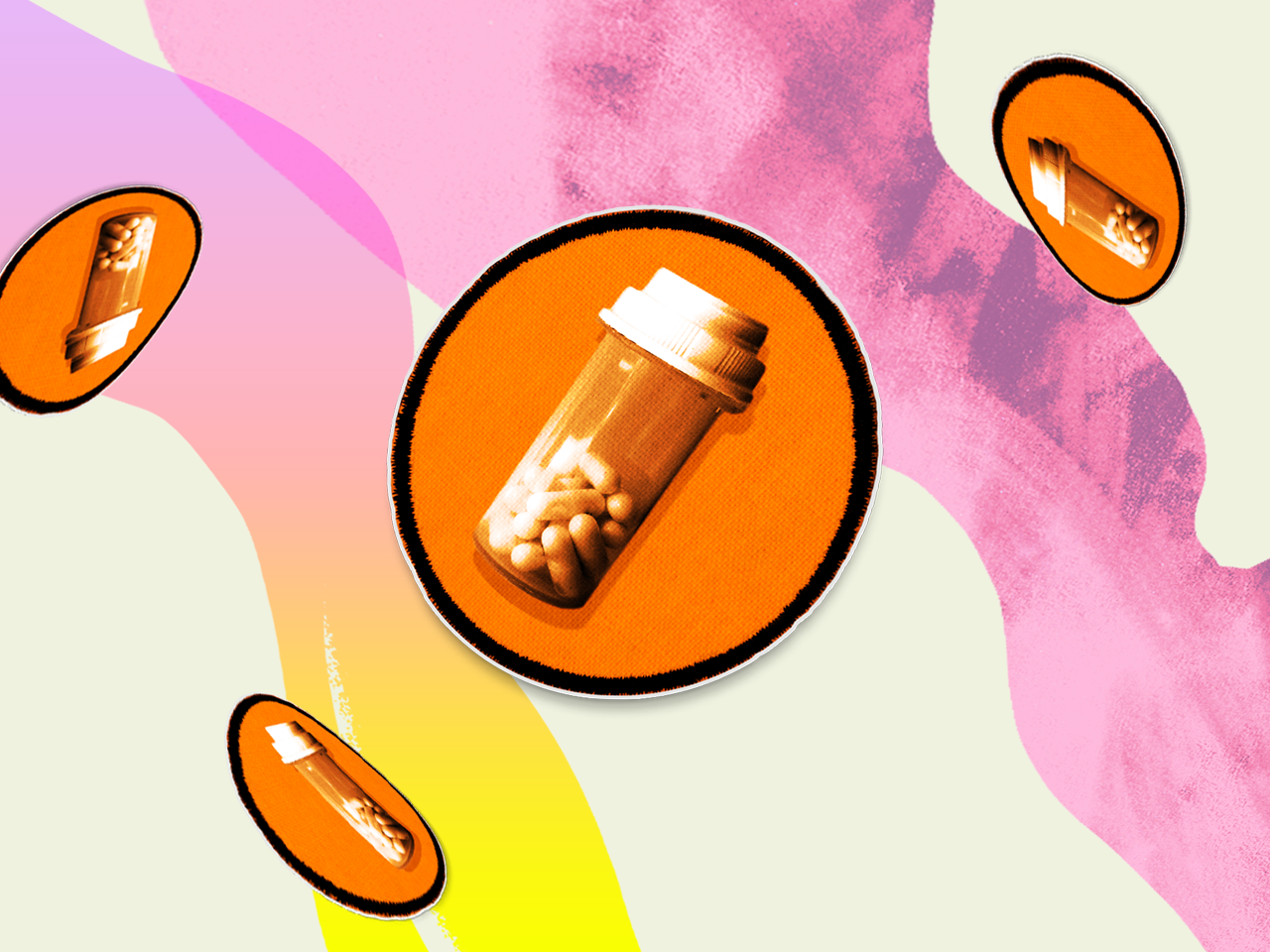COPD Dos and Don'ts: Avoiding Exacerbations While Living with COPD
Flare-ups are not only painful, they can be expensive too. This guide will help you avoid them.

One of the more pressing challenges with chronic obstructive pulmonary disease (COPD) is managing the condition.
COPD is a progressive disease, one that continuously damages your lungs and gets worse over time. Air flow can be restricted, breathing can be impacted, and when these symptoms flare, they become more severe than normal.
Doctors call these flare-ups exacerbations, and they can occur multiple times per year in some patients.[1]
While mild flare-ups can make you feel sick, bad ones could put you in the hospital. And depending on their severity, flare-ups can also be quite costly.
A bad flare-up can lead to more and longer hospital visits, more medications and higher doses of some medications. One study found that severe flare-ups were 60 times more expensive than mild/moderate ones.[2]
In other words, the fewer, the better.
So, how do you know if you’re experiencing a flare-up? There are some common symptoms to look out for:
- Fast, shallow breathing
- Shortness of breath despite minimal activity
- Drowsiness
- Wheezing
- Cough
- Low oxygen levels
Following these tips can help minimize flare-ups.
DO adhere to your COPD medication guidance
This is where your doctor can help.
They should demonstrate how to properly take your medication in addition to providing your prescription schedule. And even if you’re feeling well, you should still proceed with treatments and medications as prescribed.
Staying on your medications is a must for avoiding flare-ups.[3] In fact, one 2019 study found that staying on inhaled medication could significantly reduce the risk of death and hospital visits due to flare-ups.[4]
DO take care of yourself
Lifestyle changes like improving your diet and exercising can have a significant impact on your health.[5][6] In turn, this will impact your quality of life while living with COPD.
As for diet, there’s no particular one recommended to adopt. That said, some studies found success with diets proven to aid inflammation, oxidative stress and immune dysfunction, and co-morbidities.
In other words, eat plenty of fruits, vegetables, fish, wholegrain products and other food sources with high levels of antioxidants, vitamins, fiber and polyunsaturated fatty acids, or PUFAs.
As for the exercise, the important thing here is to move in a way that’s safe for you, as recommended by your doctor.
After all, one 2016 study found that exercise, in particular, “truly makes a difference in the life of patients with COPD.”
“Indeed, exercise training reduces daily symptoms of dyspnoea and fatigue, improves physical fitness, reduces symptoms of anxiety/depression and improves quality of life in patients with COPD.”
DO think about your air at home
The quality of air you’re breathing is also important, especially as COPD patients have long-lasting effects to their lungs.
Humidifiers can make the air less dry and easier to breathe.
Another factor at home is limiting your exposure to pollutants like secondhand smoke, chemical fumes and various cleaning products.
DON’T panic
Knowing how and when to practice breathing exercises will go a long way toward managing exacerbations.
If you’re feeling short of breath or experiencing any of the above listed symptoms, stay calm, take a deep breath, and wait for the exacerbation to subside.
DON’T take medicines that can make your COPD worse
Coughing is a frequent symptom of COPD flare-ups. But over-the-counter cough syrups can make your COPD worse. Mucus can accumulate and lead to further infection.
There are other drugs to avoid, too — medications that can make COPD symptoms worse and cause long-term health effects. These include beta blockers, diuretics and antihistamines. The Lung Institute can tell you more information about which drugs to avoid on COPD.
This article is intended for informational purposes only and not intended to be medical advice, nor does it replace professional medical advice, diagnosis, or treatment. If you have any healthcare questions, please seek the advice of your physician or other qualified healthcare provider. If you are experiencing a medical emergency, call your physician or dial 911 immediately.
Rob Mixer is a writer and content marketer based in Columbus, Ohio. He has nearly 10 years of experience in professional sports and advertising, with clients such as Root Insurance, Ashcroft, Club Car, The Athletic and more.
Carl Filer is a graphic designer and illustrator based in Columbus, Ohio. Carl has worked with brands such as Netflix, Ford, Hilton Hotels and more.
This article was last updated September 22, 2020






